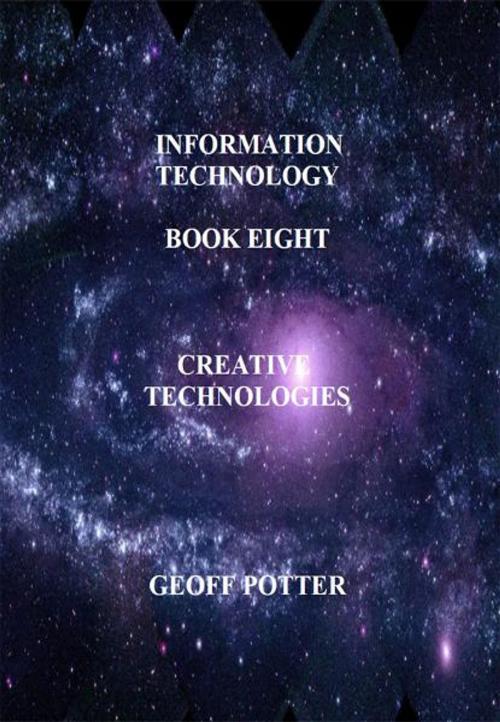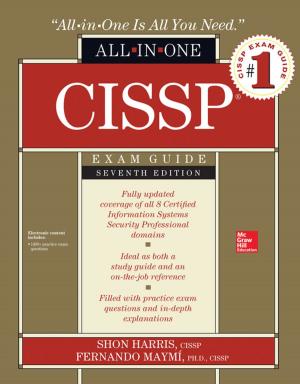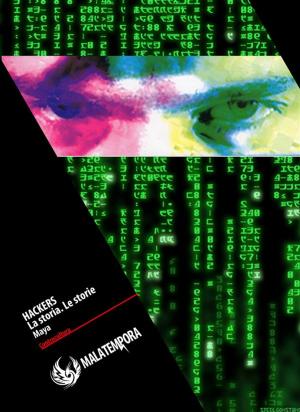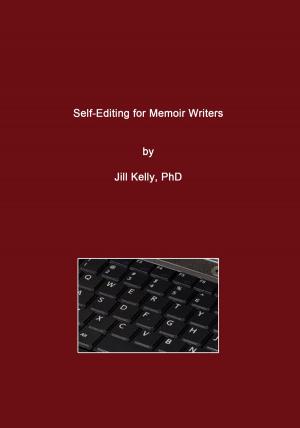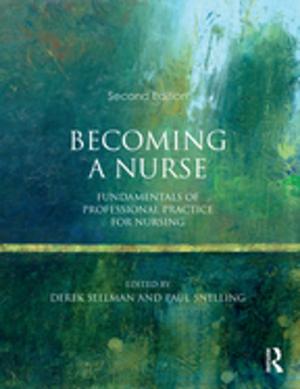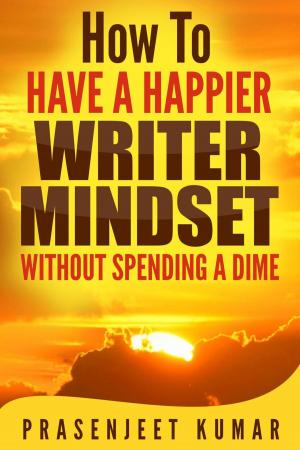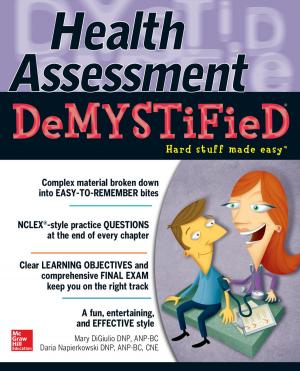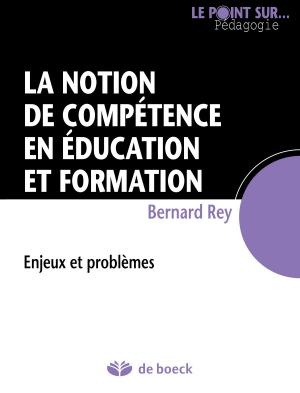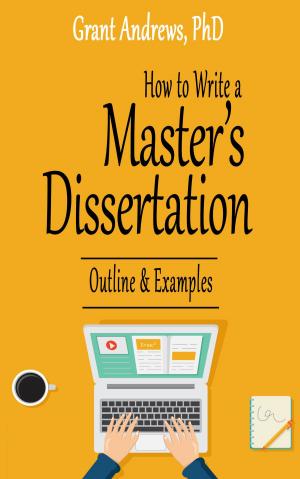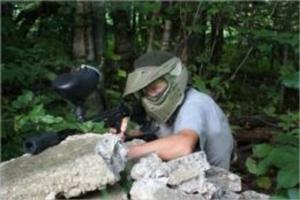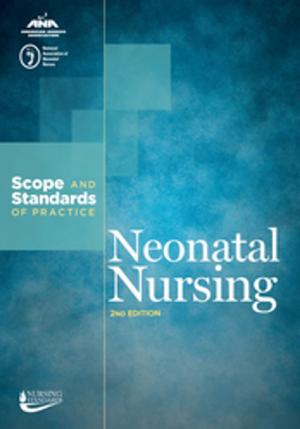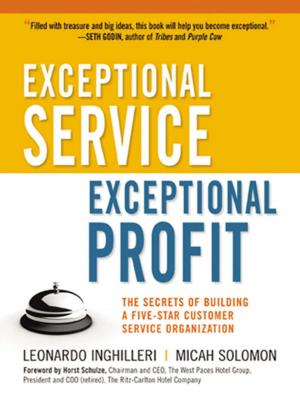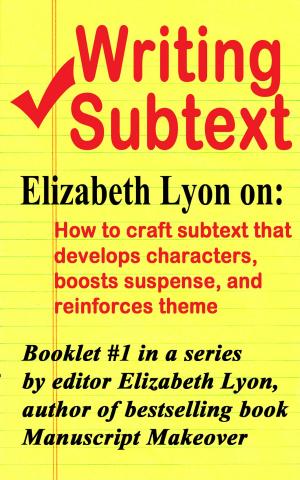Creative Technologies
Nonfiction, Computers, Application Software, Educational Software, Computer Hardware, Personal Computers, General Computing, Skills| Author: | Potter, Geoff | ISBN: | 9780986744075 |
| Publisher: | ITCA Digital Education Systems | Publication: | September 1, 2012 |
| Imprint: | Language: | English |
| Author: | Potter, Geoff |
| ISBN: | 9780986744075 |
| Publisher: | ITCA Digital Education Systems |
| Publication: | September 1, 2012 |
| Imprint: | |
| Language: | English |
This is the eighth book in a series of ten electronic books designed to educate young children and school-age students about information technologies and the digital world they live in. Who will benefit from this book? This book is most suitable for students in their early senior grade levels. It is also very helpful for teachers introducing ICT or integrating it into the curriculum. Contents:Book Eight comprises five modules: Module 1: Our Relationship With Technology. There are two distinct features of this module: examination of the human, historical and social characteristics of information technology and the digital society; and the development within each student of specific skills related to programming a computer and engineering components of IT. Unit One: A Brief History Of Technology:Part 1: Before The 20th Century. Unit Two: A Brief History Of Technology: Part 2: The 20th and 21st Centuries. Unit Three: The Changing Role of the Media.Module 2: Programming with Python. Python is an easy-to-learn programming language frequently used to teach young people basic, creative programming. It is currently popular when used with the new credit card sized computer, Raspberry Pi. In this module the student can learn how to create programs with Python.Unit One: Raspberry Pi and Python. Module 3: Exploring The Visual Basic Programming Language. In this module the student will learn specific aspects of Visual Basic programming: function and flow control, both of which are fundamental to components of this language. Unit One: A Function Preview. Unit Two: Flow Control. Unit Three: More About Flow Control. Module 4: The Java Programming Language. This module introduces the student to the Java programming language, describing how it is designed and what one can do with it. The major emphasis is on learning how to program with Java, particularly working with variable, literals, expressions and operators. Unit One: Basic Java. Unit Two: Java Variables. Unit Three: Java Literals. Unit Four: Java Expressions and Operators. Web Quest: Can Technology Help? Module 5: Computer Games. In this module the student will learn about computer games. Digital games are very popular among young people. Students will learn how computer games are designed; the technology of their development, and the social problems playing some games may cause in terms of violence and gender inequities.Unit One: What are Computer games? Unit Two: The Characteristics of Computer Games. Unit Three: Computer Game Violence. The book is colorful, creative and contains many challenges and activities designed to help young students understand how digital technologies work and how they may efficiently use them to learn and communicate. All recommended soaftware for this book is Open Source. The book also contains an integrated Continuous Assessment process which may be of value in some educational environments. Modules at each level are divided into skills and knowledge-focused units. At the end of each unit students may describe what they have learned and their parent or teacher may award points for each item covered. Marks may be accumulated throughout the school year. A grade based upon the total points accumulated may be awarded at any time during the year. There are no tests or examinations in this program. What are the intended uses of this book? 1.This book is designed to support both teachers and students in existing ICT curricula and may be useful in areas such as Science, Language Arts, Mathematics and the Arts. 2.The book supports public and private education systems instruction and skills training programs to ensure that young people possess the knowledge and skills to function in a digital society, and ultimately to prepare them for entry into higher education and an increasingly digital and computer-based workforce. 3. Students and parents may use the book for home schooling use in support of study projects and personal skills development.
This is the eighth book in a series of ten electronic books designed to educate young children and school-age students about information technologies and the digital world they live in. Who will benefit from this book? This book is most suitable for students in their early senior grade levels. It is also very helpful for teachers introducing ICT or integrating it into the curriculum. Contents:Book Eight comprises five modules: Module 1: Our Relationship With Technology. There are two distinct features of this module: examination of the human, historical and social characteristics of information technology and the digital society; and the development within each student of specific skills related to programming a computer and engineering components of IT. Unit One: A Brief History Of Technology:Part 1: Before The 20th Century. Unit Two: A Brief History Of Technology: Part 2: The 20th and 21st Centuries. Unit Three: The Changing Role of the Media.Module 2: Programming with Python. Python is an easy-to-learn programming language frequently used to teach young people basic, creative programming. It is currently popular when used with the new credit card sized computer, Raspberry Pi. In this module the student can learn how to create programs with Python.Unit One: Raspberry Pi and Python. Module 3: Exploring The Visual Basic Programming Language. In this module the student will learn specific aspects of Visual Basic programming: function and flow control, both of which are fundamental to components of this language. Unit One: A Function Preview. Unit Two: Flow Control. Unit Three: More About Flow Control. Module 4: The Java Programming Language. This module introduces the student to the Java programming language, describing how it is designed and what one can do with it. The major emphasis is on learning how to program with Java, particularly working with variable, literals, expressions and operators. Unit One: Basic Java. Unit Two: Java Variables. Unit Three: Java Literals. Unit Four: Java Expressions and Operators. Web Quest: Can Technology Help? Module 5: Computer Games. In this module the student will learn about computer games. Digital games are very popular among young people. Students will learn how computer games are designed; the technology of their development, and the social problems playing some games may cause in terms of violence and gender inequities.Unit One: What are Computer games? Unit Two: The Characteristics of Computer Games. Unit Three: Computer Game Violence. The book is colorful, creative and contains many challenges and activities designed to help young students understand how digital technologies work and how they may efficiently use them to learn and communicate. All recommended soaftware for this book is Open Source. The book also contains an integrated Continuous Assessment process which may be of value in some educational environments. Modules at each level are divided into skills and knowledge-focused units. At the end of each unit students may describe what they have learned and their parent or teacher may award points for each item covered. Marks may be accumulated throughout the school year. A grade based upon the total points accumulated may be awarded at any time during the year. There are no tests or examinations in this program. What are the intended uses of this book? 1.This book is designed to support both teachers and students in existing ICT curricula and may be useful in areas such as Science, Language Arts, Mathematics and the Arts. 2.The book supports public and private education systems instruction and skills training programs to ensure that young people possess the knowledge and skills to function in a digital society, and ultimately to prepare them for entry into higher education and an increasingly digital and computer-based workforce. 3. Students and parents may use the book for home schooling use in support of study projects and personal skills development.
